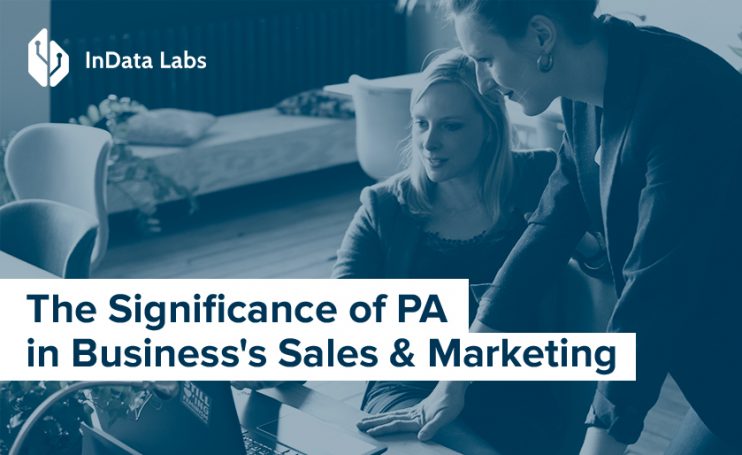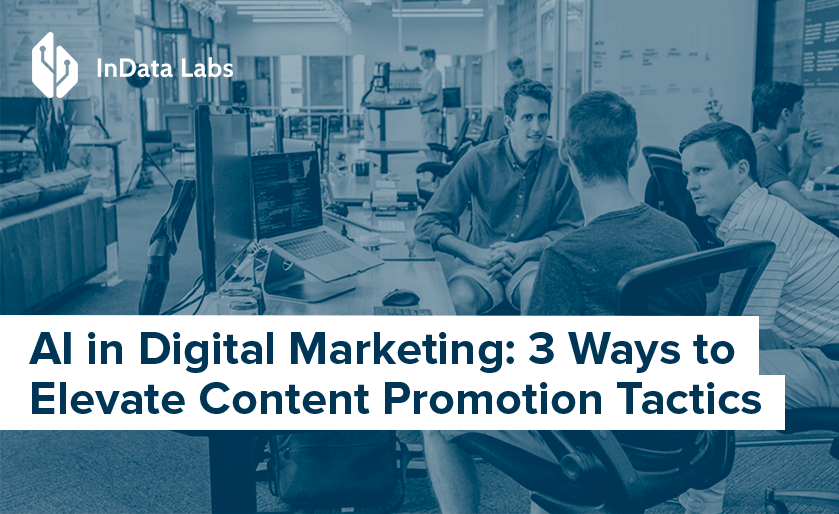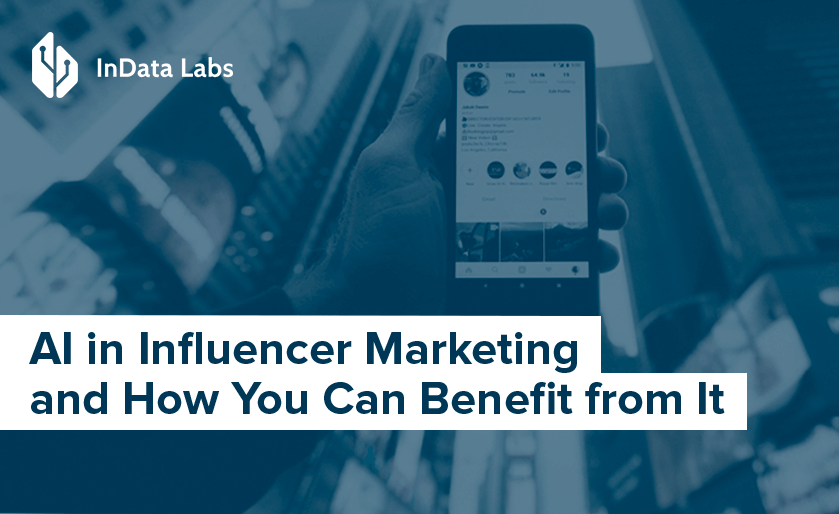Any successful business requires sales and marketing to operate together rather than as silos. It’s their collective responsibility to work alongside each other to guide a customer from the first time they become aware of the product to when they finally make a purchase. To do that, they need to know their customers.
It is, however, not an easy task in today’s digital world.
Information about customers is no longer limited to a few demographic data points and how often they visit the company’s store. Customer insights are in everything – social media, online shopping habits, values and lifestyle choices, etc.
Without a data-driven, analytical approach to all this information, companies are operating in the blind, simply guessing what their customers want. Here is where predictive analytics comes in.
How Can Predictive Analytics be Used in Business
Predictive analytical tools help turn historical data into insight into how customers will act in future events. This entails what products or services they’re most likely to purchase, when they will do it, how much they are willing to spend. This is of big value to both marketers and salespeople alike but in different ways.
Predictive sales analytics help generate revenue, while predictive marketing analytics generate demand. The two concepts are often used interchangeably but they are different and they are codependent. Marketing generates leads that sales later turn into paying customers.
Knowing what’s on their customers’ minds does sound like the dream of every salesperson and marketer. But how exactly can predictive analytics help? The science behind it relies heavily on business intelligence and machine learning, but generally speaking, there are three key types of models that one uses in predictive analytics:
- Cluster Models. These do as the name suggests – cluster together customers and leads based on commonalities in their demographics, and past interaction with the company (purchases included).
- Propensity Models. These algorithms can calculate the likelihood of an event taking place. They are often used for lead scoring and churn prevention.
- Recommendations Filtering. Most used for tailoring marketing campaigns and cross- and upsell offerings.
Predictive analytics is essentially machine learning in action, which is what makes this part of business analytics so powerful. These days, the algorithms depend on big data as it’s almost essential to have large amounts of data to execute the best predictive analysis.
Some predictive analytics solutions go beyond statistical models and implement artificial intelligence algorithms. AI predictive analytics in business opens up the possibility for the algorithms to learn beyond what your data can teach them. That means that AI algorithms can take rules and relationships they’ve learned from the data collected by your organization and create new connections and rules about your data.
Some companies rely on an in-house data science team to take advantage of predictive algorithms, while others opt for the expertise of machine learning (ML) consulting. Either way, marketing and sales teams get help with making data-driven decisions that enhance customer experience and ROI rather than relying on personal experiences or human analysis.
Now that we know more about how predictive analytics works and why they work so well, let’s look at some of the specific areas they can improve.

Source: Unsplash
Higher Customer Engagement
With predictive analytics, marketers can hone targeting and identify what campaigns resonate best with customers. Algorithms can predict customer response to any marketing communication down to incremental pieces of marketing messaging.
This way, marketers can create more personalized, well-targeted campaigns for each target audience. Furthermore, marketers can experiment and do more with their data in less time. Some examples of predictive analytics in marketing are:
- Let the data naturally show the segments rather than trying to find them. Thanks to cluster models, marketers can run multiple segmentation scenarios quickly and easily to find the best fit.
- Create identification models that help find better suited targets for marketing campaigns.
- Increase the relevance of your marketing communication to existing customers. Go beyond “Hey {firstName}” and set up triggered content recommendations.
More Precise Lead Scoring
Lead scoring is another area where predictive analytics can significantly improve the decision making processes. Traditionally, lead scoring was done manually where salespeople or marketers assign scores based on different data points to customer leads.
The scoring system is designed to take subjectivity out of the equation but that is not always the case. First of all, human biases always play a part in lead scoring. And secondly, humans routinely perform worse at predicting what influence sales conversion compared to predictive analysis algorithms.
With model-based scoring, sales and marketing teams can score the leads based on their readiness to purchase, which in turn is derived from valuable data. Not only does this help inform the next step in the marketing or sales process, but it also enables the two teams to collaborate in a more meaningful way.

Source: Unsplash
Higher Likelihood of Cross- and Upsells
Marketers and salespeople alike understand that the value of the initial sale has less importance for the bottom line than the long term earning potential. Therefore, maximizing customer’s lifetime value (LTV) is a big priority for most businesses.
Cross- and upselling plays a big part in maximizing the LTV, thus putting a lot of responsibility on the sales. For B2B companies, this is especially tough as sales processes in B2B industries often are longer and more costly.
Advanced analytics can combat that by making sales teams more knowledgeable about the customer even before the initial sales meeting, thus increasing the likelihood of cross- and upsells during the initial sale. Predictive analytics in sales can also help understand when existing customers are ready for an upgrade.
Because of their ability to recognize delicate correlations between certain actions, algorithms can alert sales teams about potential up- or cross-sell opportunities. Or even automate it. An example is a customer attending a webinar with a guest speaker and purchasing additional services or products soon after.
Retaining Existing Customers
The same strategy that enables predictive analytics in business analytics. Marketing and sales keep track of the activity of the customers that churned – such as mentions on social media, inactivity on the applications, or abnormal performance metrics – and forecast any potential risks for churn.
Thanks to the abundance of data, this can happen almost in real time, and alerts and actions can also be automated.
Additionally, increasing brand loyalty can also help minimize churn. Getting more accurate insight about customers will help build better loyalty programs, marketing campaigns, and find better ways to run social media accounts.
Lastly, it’s worth discussing how predictive analytics in digital marketing and sales change the way companies think about new and old customers. With more precise marketing and sales techniques it no longer costs 5x time to retain an existing customer compared to obtaining a new one. Companies are simply able to make better decisions and thereby better investments.
This way, they spend less on obtaining new customers and less on keeping the old ones, thus maximizing the lifetime value for both groups.

Source: Unsplash
Understanding Product Fit
The last point that is worth mentioning that pertains to both sales and marketing is understanding product-market fit.
Sometimes there isn’t anything wrong with the sales and marketing techniques that your business employs. It’s rather about the poor market fit of the products and services. And no amount of targeted marketing campaigns is going to change that.
Data regarding previous purchases, actions, and customer characteristics can help your business better understand the needs and wants of your target market. This may result in simply improving existing products that perform subpar, or developing future products and services.
Start Small but Start Today
Predictive analytics is an exciting part of data science that is well on its way to become a necessity rather than a competitive advantage. Luckily, this technology isn’t just for big companies anymore.
Nowadays, smaller businesses can take advantage of ready-to-use machine learning algorithms that are affordable and easy to implement. If your industry doesn’t fit an off-the-shelf solution, it can be a good idea to partner with a consulting firm to create customized algorithms for your business.
The important thing is to start small, but start today.
Improve Your Sales & Marketing Effort with Predictive Analytics Technology
Have a business challenge? Contact our experts at info@indatalabs.com and get a consultation.


